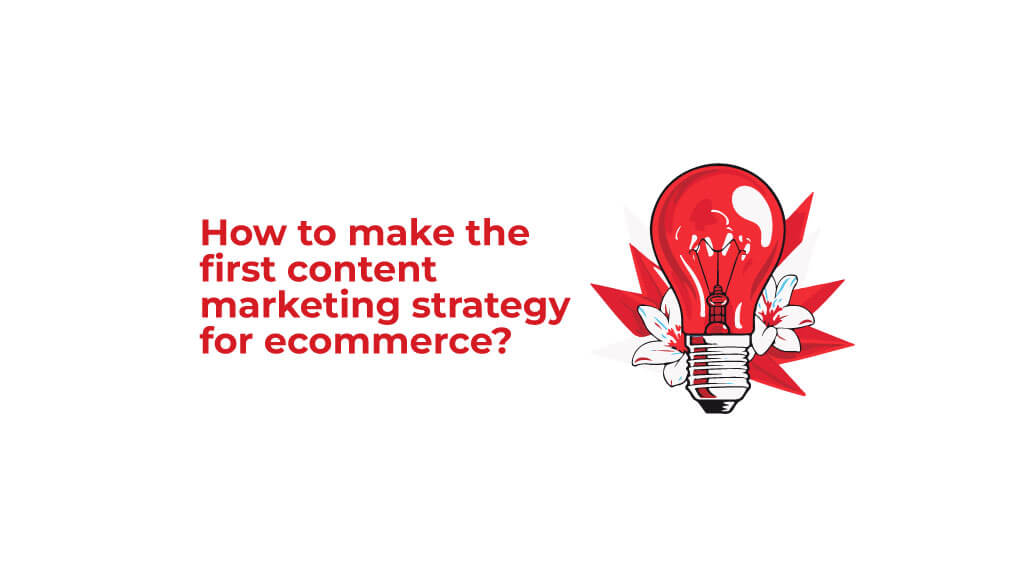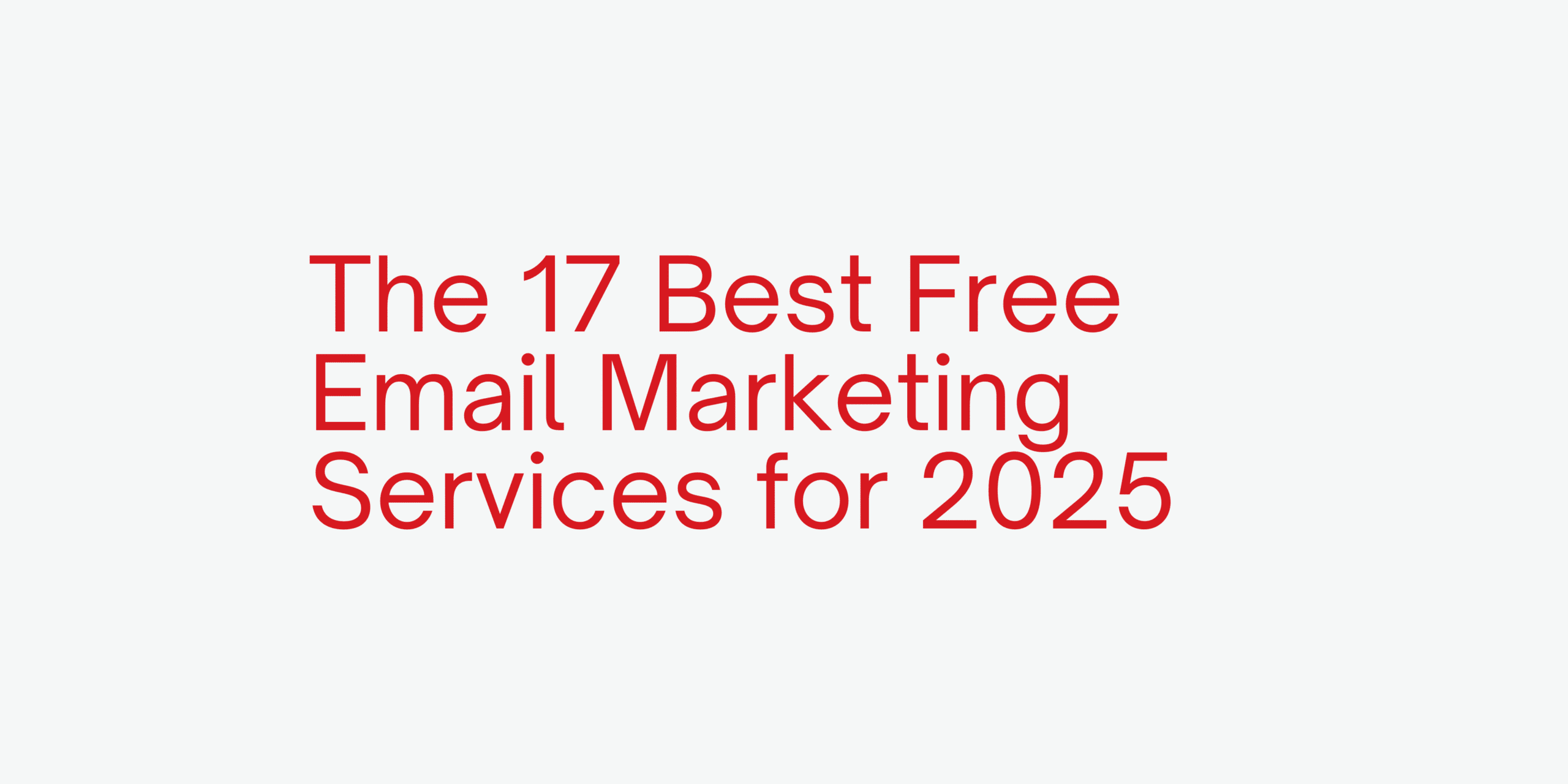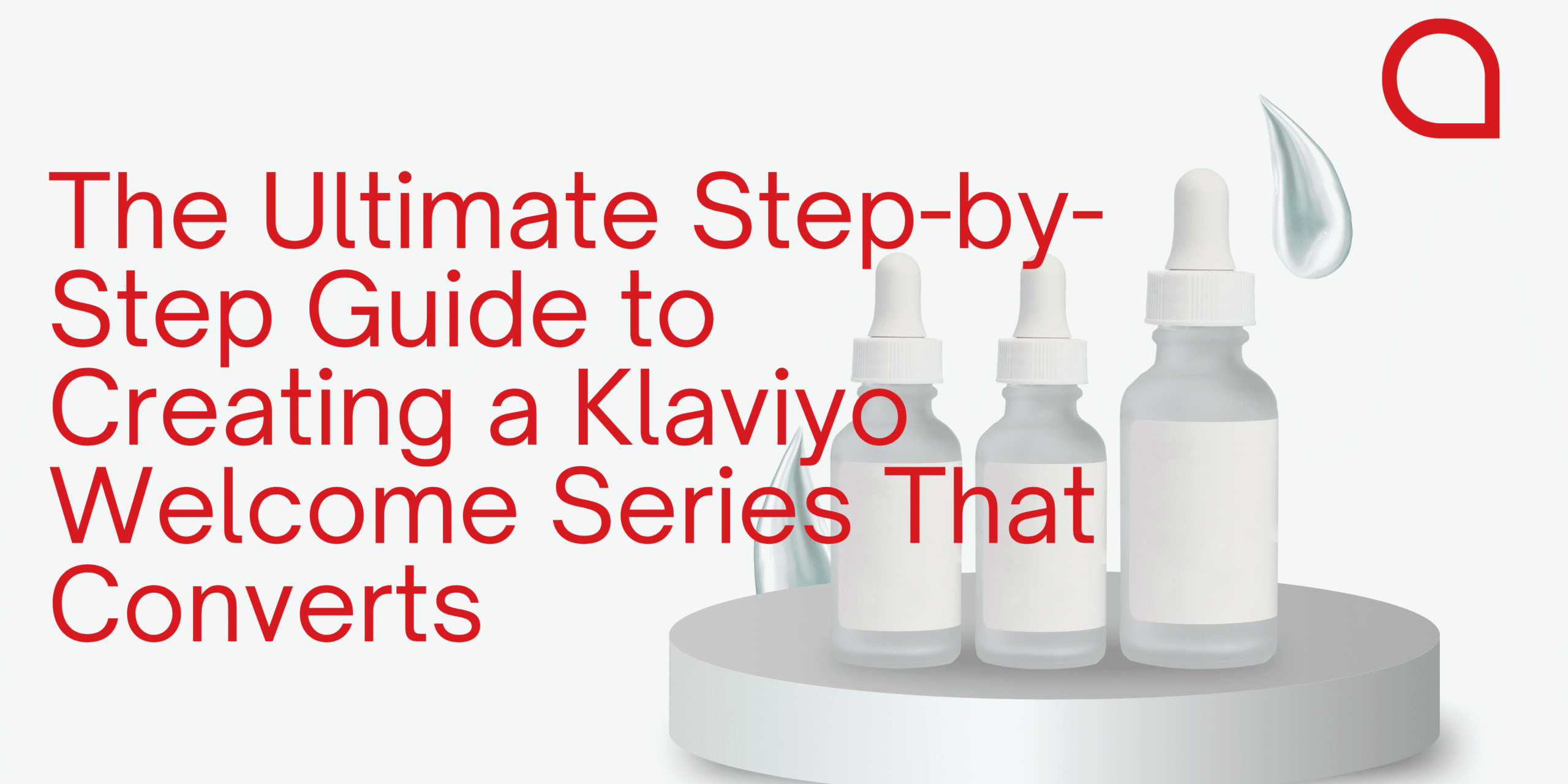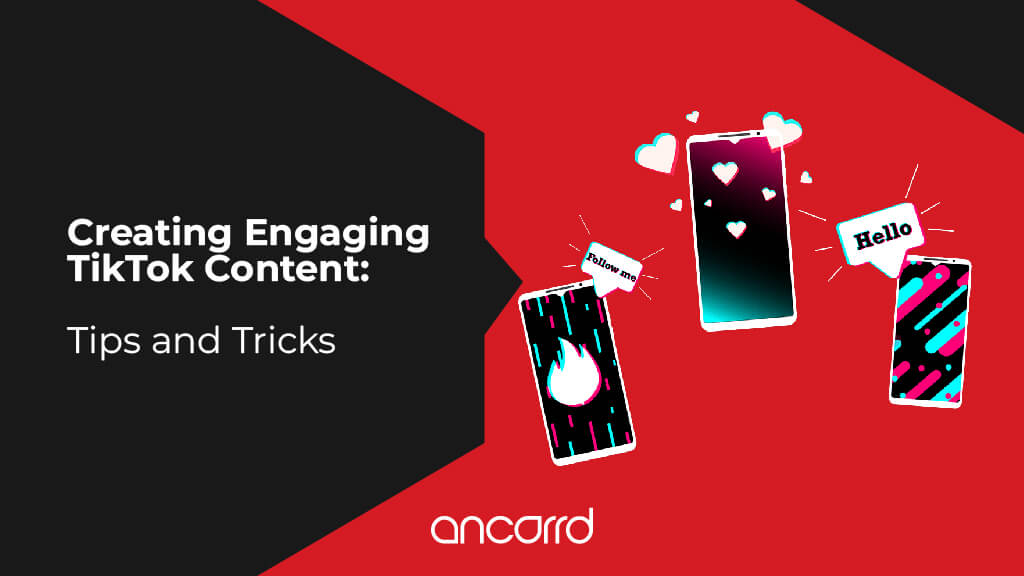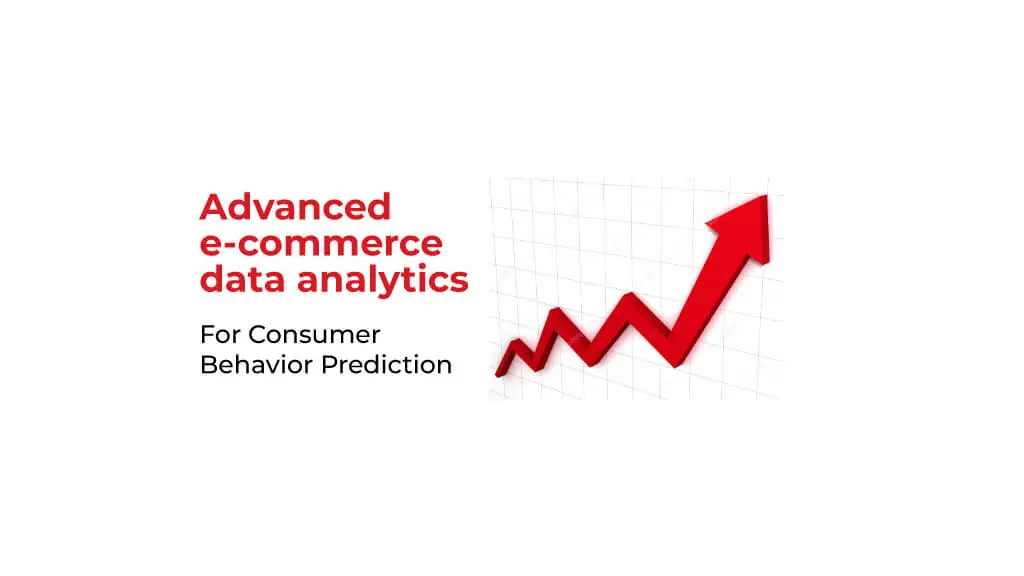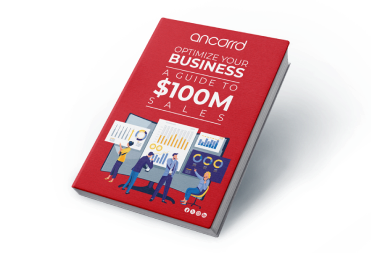Content marketing is creating and sharing valuable content that attracts customers to your e-commerce business. It helps people learn about your products, solves their problems, and gains their trust in your brand. E-commerce content marketing is essential for businesses nowadays. It provides organic traffic to your website.
Content marketing strategy for e-commerce requires a proper plan if it is your first time conducting content marketing. A proper approach helps you target the correct steps so that time and effort are not wasted.
Content marketing, first and foremost, builds trust with your audience. This allows you to answer the questions your audience is asking them so it’s easy for them to choose your products. With the right strategy, visitors become happy customers, which helps your business grow.
If you are going to make an e-commerce content marketing strategy for the first time, this will be a complete guide for you. Read the blog to get a detailed idea about content marketing.
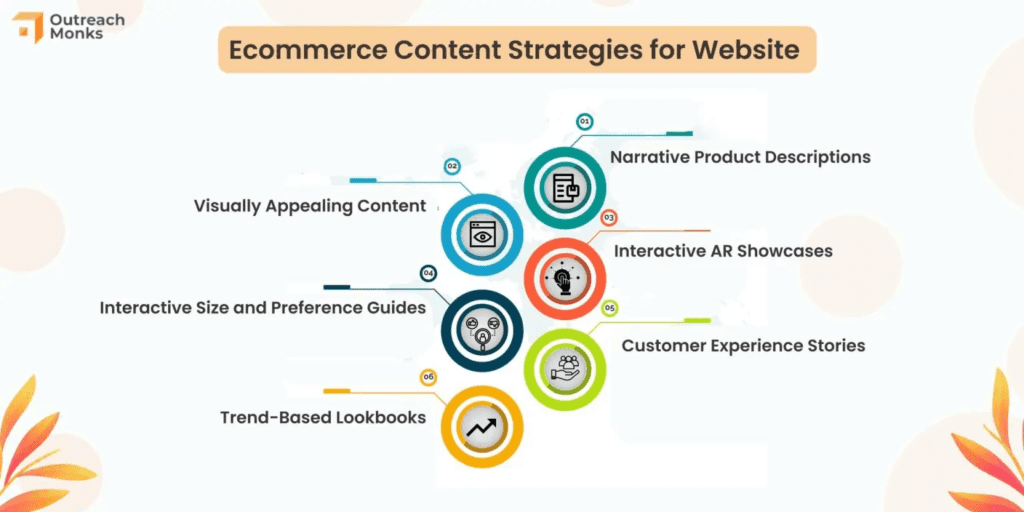
Step 1: Research
You need to know two important things before creating content: who your audience is and how your business differs from others. This research will help you create a content marketing strategy for e-commerce that connects with your audience and highlights what makes your products or services unique.
Understand your target customer (Persona)
Start by identifying who your ideal customer is. Consider their age, where they live, what they like to do, and what problems they need help solving. For instance, are young professionals looking for convenience, or are parents searching for affordable solutions?
Then, see where you can connect with them. Are they on a social media network such as Instagram or TikTok? Can you find them in one of the forums or networks? Knowing where your audience exists helps you create a better e-commerce content marketing strategy to reach them more often.
To get even more insights, talk to your current customers. Ask them about their needs, challenges, and what they like or don’t like about your product. This perfectly explains how to create a small business content marketing strategy.
You can also look at your past customer data (like from your CRM system) to identify patterns in their behavior. For example, many customers might browse your website during lunch breaks or search for deals during the holidays.
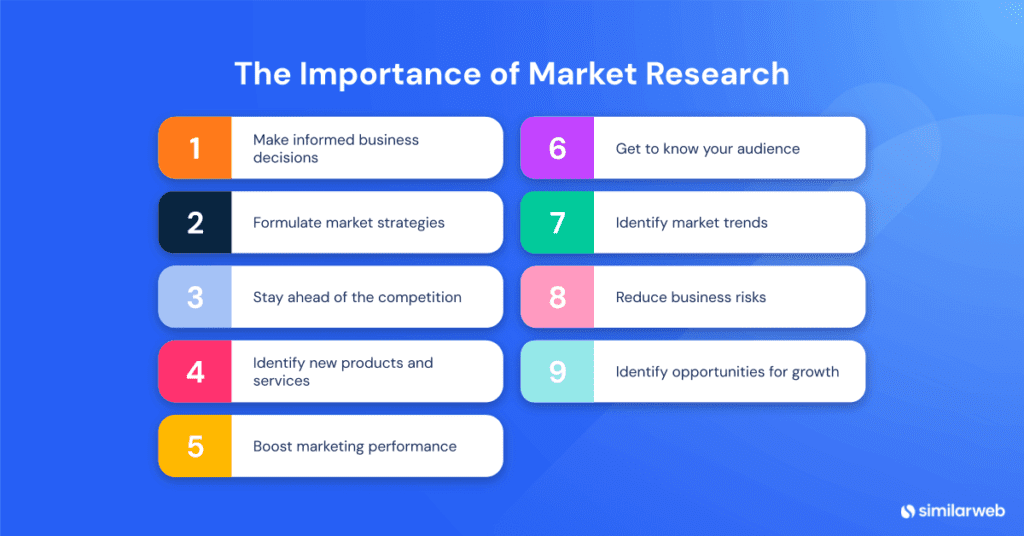
Share what differentiates your product or service from your competitors
Now that you are clear on your audience think of how your product or service can better resolve their problem than any competitor. Working with your group, take a simple list called a Value Proposition Table. This is what should make up that table:
- The reasons your product is superior over your competitors.
- How does it fix common concerns or issues that people usually have?
- For instance, if your product is faster, cheaper, or more eco-friendly, highlight those benefits.
Think about the questions or doubts your audience might have, like, “Is this worth the price?” or “Will this product work for me?” Then, create clear and honest answers that will build trust. Use this information to shape your e-commerce content marketing strategy so it speaks directly to your customers’ needs.
Study your competitors
Take a look at what your competitors are doing. What kind of content are they creating? Are they active on blogs, social media, or email newsletters? Notice what works for them and what they might be missing.
For instance, if a competitor’s website lacks intensive how-to guides, you may write such guides and attract customers looking for step-by-step instructions. Observing such gaps allows you to create something unique while positioning your business as the better choice.
Research is the basis of your content marketing strategy for e-commerce. The better you know your customers, your products, and your competitors, the easier it will be to create content that stands out and delivers results.
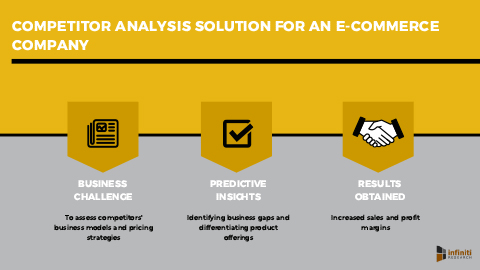
Step 2: Content audit
Before you produce new content, take time to review what you currently have. This will give you a sense of what works and what doesn’t. The power of content marketing is far more than you expect. Use this power to boost your business.
Website audit
Review your website and look for potential problems that can lower your website’s performance. Watch out for:
- Broken links: Such links can anger users and affect your SEO.
- Slow loading times: Chances are that people just don’t want to hang out on a slow website.
- Mobile responsiveness: Your website should look good, too, and work right on phones and tablets.
In terms of SEO, enhance your website by:
- Ensuring you update meta titles and descriptions and include relevant words therein
- Adding descriptive alt tags to your images for accessibility as well as SEO
Assess current content
Check the content you already have. This is an essential and valuable step in e-commerce content marketing. Find the best-performing pages that get the most visitors, keep people engaged, or lead to sales. Identify content that isn’t doing well and determine how to improve it. For example, you could rewrite an article to clarify or add more valuable details.
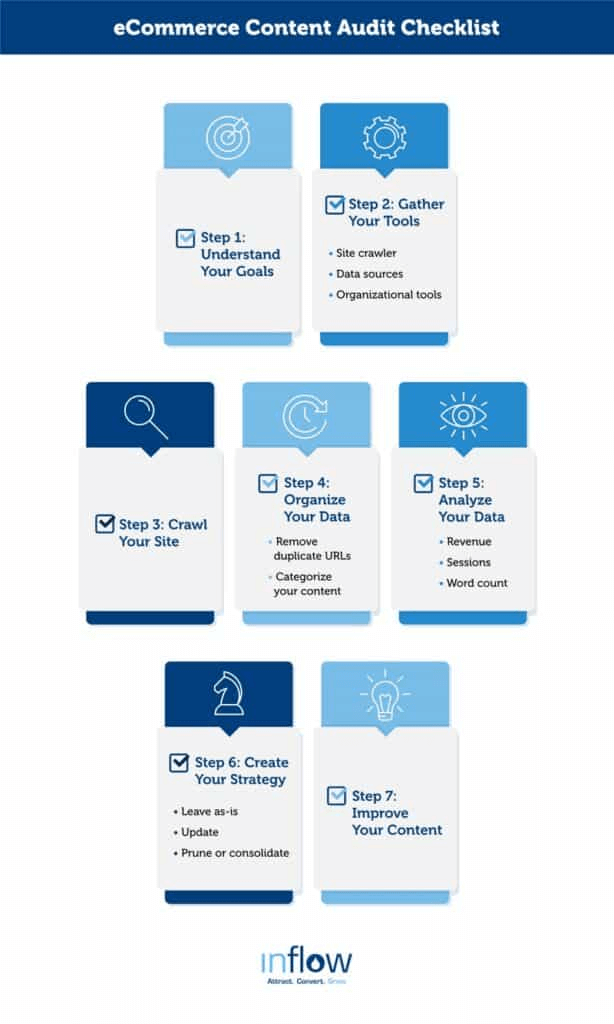
Step 3: Create a content plan using the content funnel phases
A content funnel is an important part of e-commerce content marketing. A content funnel is designed to help your audience find the business, learn about your products, and eventually become a customer. It is divided into three phases:
What is a content funnel
A content funnel is a content marketing e-commerce strategy to organize and deliver your content in a way that will lead potential customers from not knowing about your business to becoming loyal fans of it. It is called a funnel because it starts broad in appeal to a wide audience but gets narrower as people make their way to purchasing.
The content funnel can be divided into three primary stages, each one designed for a specific objective:
Top of Funnel (TOFU):
This is the highest stage in the e-commerce content marketing funnel TOFU. It targets as many people as possible. It increases awareness among people about your brand. Thus, it’s mostly made out of educational, entertaining, or merely informative content like blog articles, social media content, or “How to” videos.
Middle of the Funnel (MOFU):
At this point, a person becomes interested in getting engaged and developing trust. He/she is interested in what you offer and wants to know more about it. Content such as detailed guides, case studies, webinars, and eBooks helps demonstrate your expertise and portray your product or service as the solution to your problems.
Bottom of Funnel (BOFU):
This final stage is all about conversion. The content is meant to influence a prospect to act: maybe to buy, book a demo, or sign up for a free trial. Customer testimonials, product demos, and powerful CTAs are examples.
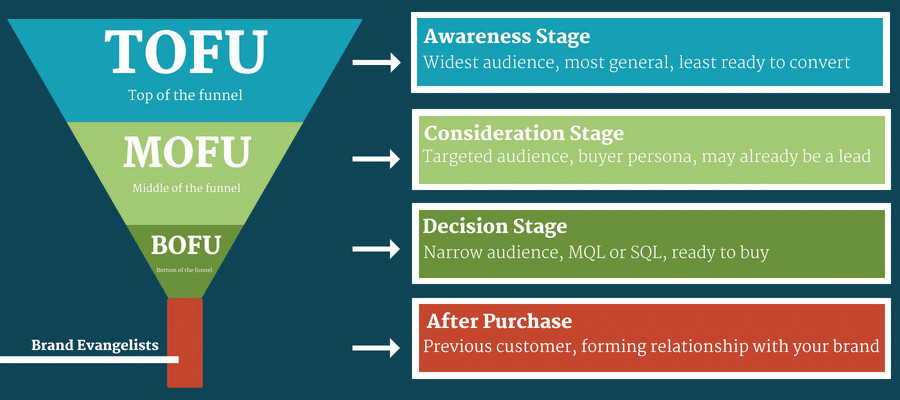
TOFU strategy: Driving traffic with high-volume keywords
This stage is very important in creating a small business content marketing strategy. At this stage, your goal is to get as many people as possible to find your business. Use tools like Google Keyword Planner to find keywords that are often searched for but don’t have much competition.
Create content like:
- Educational blog posts: For instance, “The Top 10 Gift Ideas for a Tech Enthusiast.”
- Engaging infographics: For example, “How to Choose a Product for Your Needs.”
- Fun yet helpful social media posts and video tutorials.
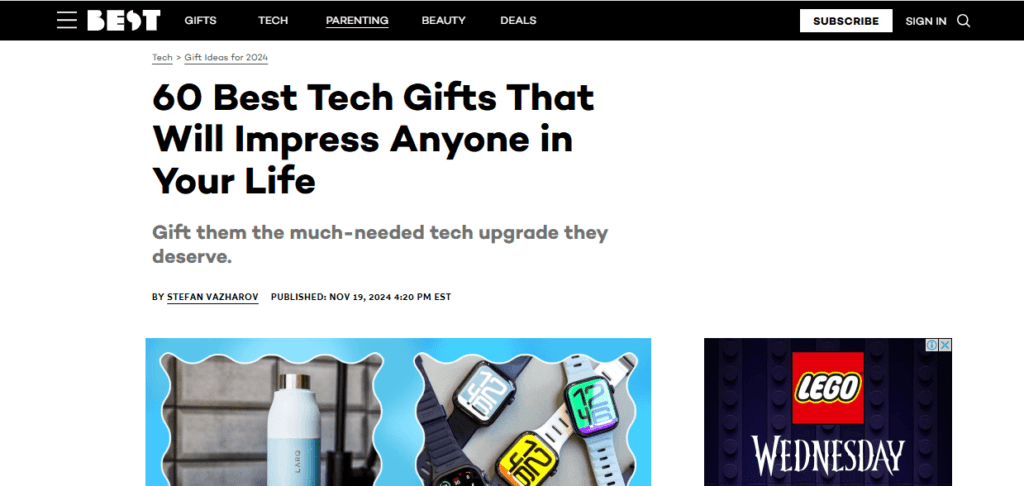
MOFU strategy: Develop trust and generate leads
Once the interest is built, provide more valuable content that develops trust. Examples include webinars and case studies showing how exactly your product works. Downloadable guides and e-books with tips and advice are also a part of e-commerce content marketing.
Content upgrades: People can download a free PDF guide in exchange for their email address, like “The Complete Guide to E-commerce Success.”
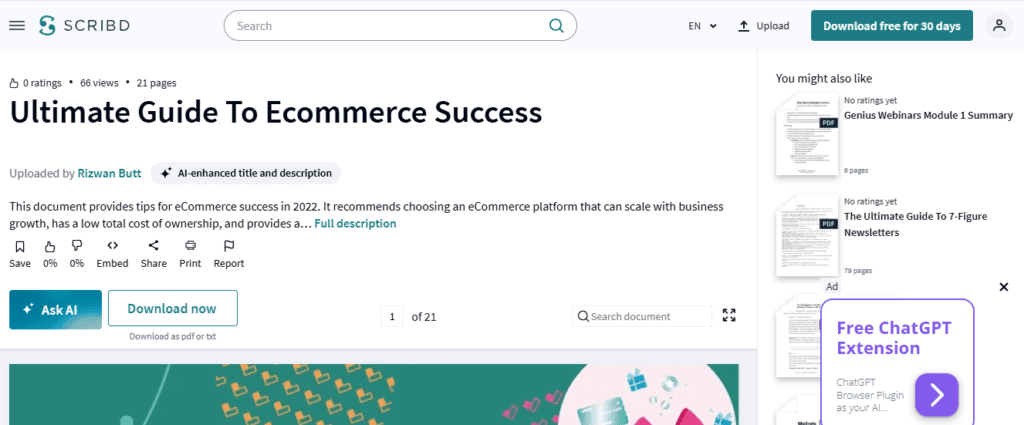
BOFU Strategy: Converting Leads into Customers
At this stage, your goal is to turn potential customers into buyers. Create content that focuses on action, such as:
- Case studies: Show real-life examples of how your product has helped others.
- Demos and trials: Let people try your product or see how it works.
- Clear call-to-actions (CTAs): Use phrases like “Get Started Today” or “Schedule Your Free Demo” to encourage people to make a decision.
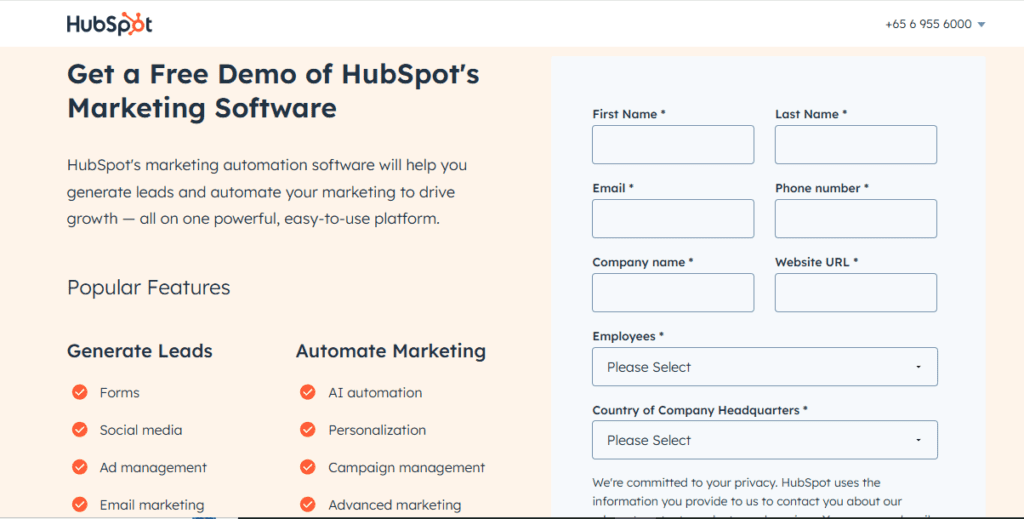
Following these steps, you’ll create a content plan that attracts visitors, builds trust, and turns them into loyal customers.
Step 4: Optimize and measure performance
Once you get your e-commerce content strategy moving, the next thing is to ensure it is working. This will be achieved by constantly monitoring its performance, understanding the insights gained from data, and adjusting for even better results.
Set key performance indicators
Set clear goals on what you want your content to achieve. Your content marketing e-commerce should have a definite goal. These goals are called Key Performance Indicators. They help you track your progress.
- SEO Metrics: Look at the organic traffic growth (the number of people finding your content through search engines) and improvements in keyword ranking (how well your pages rank in the search results).
- Content Marketing Metrics: Monitor the number of qualified leads your content produces. Webinar attendance rates or gated content downloads, like eBooks or guides, should also be tracked to measure how much your audience engages with your material.
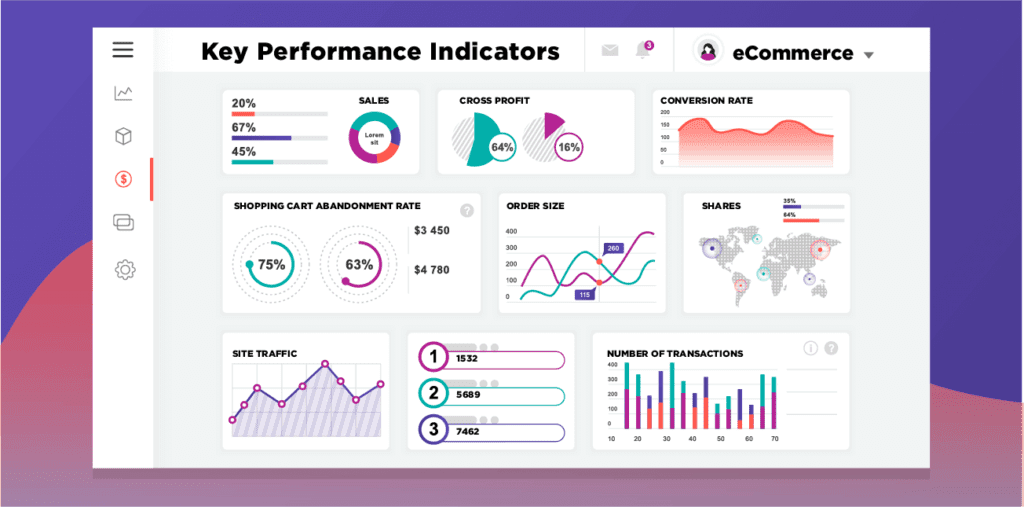
Defining KPIs helps you identify which areas matter most for your business.
Weekly review of data points
Review how your e-commerce content marketing strategy is performing regularly. Take some time each week to review the following:
- Which content pieces bring in the most traffic, engagement, or conversions?
- Which audience groups are most likely to take action, such as signing up or making a purchase?
Use tools like Google Analytics or SEMrush to gather insights. These tools will help you track visitor behavior, see which keywords are working, and find areas that need improvement.
Iterate and improve
Content marketing e-commerce is not a “set it and forget it” process. It requires constant updates to stay effective.
- Experiment with Formats: Try different types of content, such as videos, infographics, or podcasts, to see what resonates best with your audience.
- Refine Your Value Proposition Table: Update the features and benefits of your product based on feedback or new trends.
- Improve Call-to-Actions (CTAs): Try different CTAs to determine what works best: wording, design, or placement. Small changes can make a huge difference in conversions.
Step 5: Avoid common pitfalls in content marketing
To succeed, it is vital to know how to avoid common mistakes that may destroy the power of content marketing strategy.
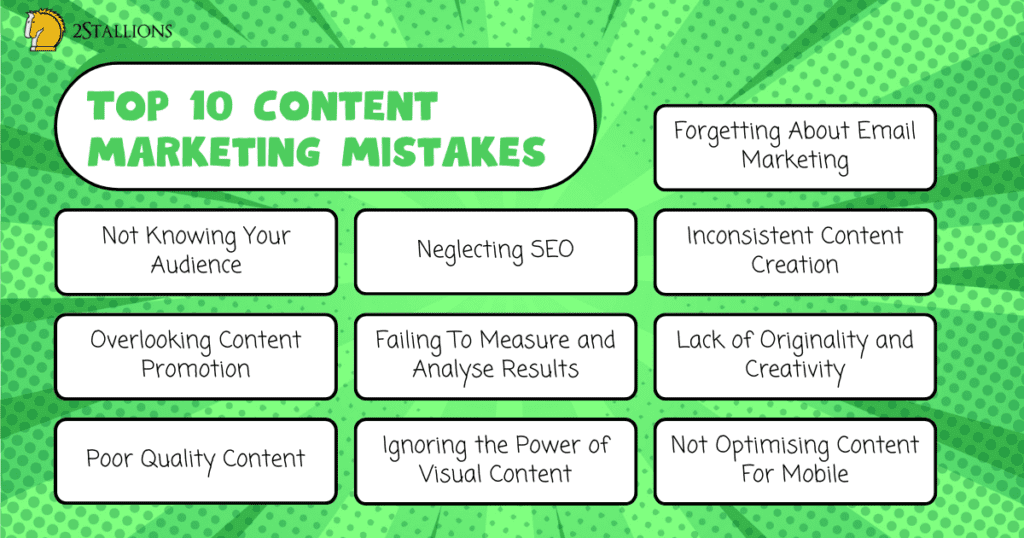
Misaligned goals
A common mistake is focusing solely on increasing website traffic. While traffic is important, the ultimate goal is to convert visitors into customers or qualified leads. Always align your content efforts with your business objectives, like generating leads or boosting sales.
Ignoring the buyer’s journey
Another pitfall is neglecting the flow of the buyer’s journey. Each stage of the content funnel (TOFU → MOFU → BOFU) has a specific role to play:
- At the TOFU stage, provide value by educating or entertaining your audience rather than trying to sell.
- At the MOFU stage, build trust by offering detailed resources, such as case studies or webinars.
- At the BOFU stage, appeal to your audience to act with clear and compelling CTAs.
Not guiding customers through these stages can lead to lost opportunities.
Ignoring data
The biggest mistake is basing things on assumptions rather than actual data. Data such as traffic, engagement, and lead generation help us know what works and what doesn’t. Use that insight to refine your approach and make data-driven decisions.
Conclusion
Building an e-commerce content marketing strategy for your business takes time, effort, and continuous refinement. It begins with solid research to understand your audience, identify your unique strengths, and study your competition.
Then, develop a well-structured content plan that guides your audience through the buyer’s journey with relevant and engaging material.
Optimization is the name of the game—monitor performance, learn from the data, and adjust your strategy toward your goals. The most important thing is to look at content marketing e-commerce as a dynamic process.
It’s not about driving traffic; it’s about building trust, solving problems, and guiding your potential customers to take action. When done right, content marketing can become one of the most powerful tools for growing your e-commerce business.
Subscribe to our weekly newsletter to get crispy CRO tips and marketing strategies that win millions of qualified leads with minimal marketing spend.
FAQs
-
What are the 5 P’s of e-commerce?
The 5 P’s of e-commerce are Product, Price, Place, Promotion, and People. These represent the core factors of an online business you sell: how much it costs, where it is sold, how you promote it, and who runs it.
-
How do you write e-commerce content?
To write e-commerce content, focus on being clear and persuasive. Describe your product in a way that answers customers’ questions, highlights its benefits, and makes it easy for them to understand why they need it. Use simple language and appealing visuals.
-
What does e-commerce mean?
E-commerce means buying and selling products or services over the internet. Any commercial transaction happens online, whether through a website or a mobile app.
-
What are the 3 C’s of e-commerce?
The 3 C’s of e-commerce are Customer, Cost, and Convenience. They focus on understanding the customer’s needs, offering the right price, and making the shopping experience easy and accessible.
